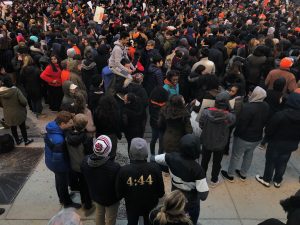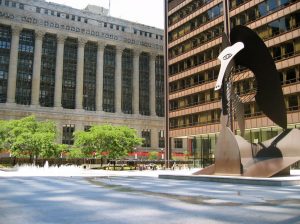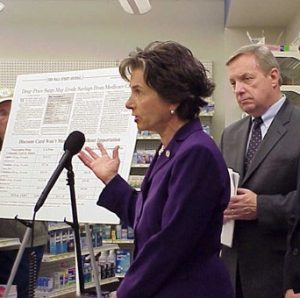Public housing, a term coined in the 1930’s, is home to millions of faceless people every year with untold stories. The National Public Housing Museum, due to open in the Fall of 2012 at 1322 W. Taylor Street, in the heart of Little Italy, in Chicago, is the first cultural institution in the United States dedicated to interpreting the American experience in public housing.
Illuminating the strife’s, as well as the love, shared by everyday people within these public housing buildings is the main goal of the museum.
Opening in Chicago, a city where the transformation of existing public housing is the most rapid and thorough throughout the nation, the museum serves as a cultural asset to a city where thousands of citizens receive public housing assistance.
The museum, which was originally an idea formed by resident leaders of the Chicago Housing Authority in the late 1990s, will recreate living spaces of public housing apartments during 1938-2002. CHA residents along with civic leaders, preservationists, historians, cultural experts, and a few celebrities, have come together to make the reality of life in public housing possible to the other side of the spectrum.
Executive Director of the National Public Housing Museum, Keith L. Magee, believes that public housing is part of the American story and has been home to the poor and working class for decades.
“What people don’t realize is that public housing has captured both immigrants and migrants from the American south, so most races and ethic groups in America has interfaced with public housing,” said Magee.
According to the Public Housing Museum’s website, they envisioned a “restored building as a museum and study center, a challenging place to preserve and reveal history, to foster dialogue and to create change.”
John Hilarides, exhibit designer for the Public Housing Museum, used the Tenement Museum Gallery in New York as a model to create this national museum project.
“It’s a real American story, it’s about people who have either pulled themselves up by their boot straps or who have had some help… it’s really powerful, the more you talk to people the more incredible the stories are,” said Hilarides.
The funding for this museum is based strictly on donations, with two leading founders, Chicago Community Trust and the Reva and David Logan Foundation, along with supplemental support from Boeing.
Currently, a portion of the newly founded museum resides in the first floor lobby of the Merchandise Mart until the renovation of the building on Taylor Street is complete in 2012.Here, lies a sample of what is yet to come with messages all over the wall from people who have lived in public housing, toys, food, a high chair, and a table, all of which has been collected from past and present public housing homes. A lone donation box sits in the corner next to the “add your voice” wall, which is letters from past and present public housing residents.
The museum hopes to see at least 65,000 attendees within the first year, but anticipates more since in only its fourth day showing at the Merchandise Mart it has already received over 200 visitors.
”When you think of public housing in America most people think of the television show ‘Good Times’ and that was based out of Cabrini Green, so it draws and captures you to Chicago,” said Magee.
Nancy Goodman, exhibit developer and Project Manager for the museum, had a general perception that public housing was a positive thing, but was just not managed well until working on this project. Learning more about the history and the future of public housing has helped Goodman get the idea across about the needs of people within public housing through the museum.
“It gets across ideas of how strong and resilient people can be, but I think it also tells a bigger story too, just about the human spirit… the story of public housing is much more complex than most people understand,” said Goodman.
Jordan Glover, the communications intern for the museum, believes that there are a lot of public housing mistakes that need to be corrected, and hopes that this museum will serve to raise awareness of these defects, along with causing people to realize that families in public housing are not so different from their own.
“I think it’s so easy for society as a whole to say they’re another, and this is another group of people that aren’t related to me and I don’t know them, whereas their stories are very important because honestly they’re the stories of a lot of Americans and a lot of people all over the world,” said Glover.
As a college student at Roosevelt University, Glover hopes to continue to work with residents of public housing.
With the President of the museum actually being a past resident of public housing herself, Deverra Beverly, has one goal in mind: We want to leave something so our children or grandchildren will know we were here… that we existed as a community.
Drawing its power from place and memory, the museum will serve not only as a reminder, but also as a link between individuals and their communities. According to the Public Housing Museum website, discussions are being held about incorporating an institute to study housing policy, exhibitions about other forms of affordable housing, and an interactive space for learning about new visions for sustainable neighborhoods.
“There’s no other institution in America that shares this incredible and unique history,” said Magee.












Be First to Comment